By Alex Trichilo (Speech Pathologist)
“Not being able to speak is not the same as not having anything to say.” –Rosemary Crossley
This quote has stuck with me ever since I read it. Does it strike a chord with you too?
So many of the little ones that I see have so much to say, but without all their speech sounds, they just can’t get their message across. If this is happening to your child, I feel for you. It is heart-breaking, frustrating, upsetting, and confusing.
So, where do we start with children’s speech?
The best place is to do a quick check in of your child’s speech sounds. I agree with the idea that each child develops at their own rate, but my training has taught me a few other important ideas to consider. Firstly, speech sounds are critical precursors for skills such as making friends, telling stories, and learning to read and spell. But also, the speech sound developmental expectation charts that you see are based on research that involves observing thousands and thousands of children over a long period of time, so they are actually pretty accurate.
This chart outlines the age by which most children have developed accurate production of each speech sound. You might see your child develop some earlier or later than this chart suggests, but we would hope to see that the sounds emerge mostly in the order outlined on the chart.
The sounds that aren’t mentioned on the chart are what we call consonant clusters. This is where two consonant sounds are next to each other e.g. /fr/ in frog. Typically, each individual consonant sound in the cluster needs to be mastered by the child, before they can begin to put them together as a cluster.
A fun little speech test for yourself:
Now, here is something that might surprise you. Let’s take a look at some colours:
Red
Yellow
Green
Blue
Orange
Based on the chart I showed you before, a three year old would not be expected to be able to say any of these words accurately. A four year old would only be expected to say blue and yellow accurately. And yet, children say their own version of these words and we might still understand what they are saying because many of them amazingly learn to compensate with other sounds whilst they wait for later ones to develop.
Creating a positive environment for learning new speech sounds at home:
It is so important that we keep our language around speech sounds as kind as possible and provide them with many opportunities to hear and see how sounds are made. My top five tips for a positive speech sound environment:
- Give them praise for clear and accurate speech sounds e.g. “I loved the way you said that /s/ sound”
- Don’t put pressure on your children to say sounds or words on command
- Get down on your child’s level, and I mean right down on your tummy on the floor with them. This is so that they can see your mouth, hear what you are saying and vice versa. Blocks and imaginative play are great for this.
- Read books together – ensuring that you sit so that you and your child can both see the book and each other’s faces – like a book-sharing triangle.
- Have fun making sounds with your mouth whilst you play – make animal noises, train noises, the whoosh of a silk or a ribbon, knocking or crashing sounds and more. So many of these sounds are great opportunities for practicing different tongue, lip and jaw placements.
What can you do from home?
You probably know some sounds that your child is working on. The best thing you can do is take a look around and find those speech sounds naturally occurring in your child’s environment. For example, you might have the beautiful Crystal Discovery Kit or a rock collection. I can automatically see that there are so many opportunities to work on the /r/ sound in the words “rock, roll, round, rare, ring.”
Alternatively, you might have some drills that your child needs to practice. It can be a lot more fun to earn something for each drill, e.g. a puzzle piece for each attempted sound, and then they can put the puzzle together at the end. Alternatively, they could receive a small dinosaur for each attempt and then get 5 minutes of free play with them at the end as a reward.
Feeling concerned about your child’s speech sounds?
The age-old recommendation to ‘wait-and-see’ how they go is no longer recommended if your child should have already developed the sound at their age.
By the age of 2, your child should be saying at least 50 words or more. By the age of 4, you, and other less familiar people, should be understanding 100% of what your child is saying.
If you have concerns, I recommend that you speak to your GP or Child Health Nurse so that you can look into a referral to public services in your area (they differ from state to state in Australia and waitlists can be as long as two years in some states). If you are looking into private services, you will need a referral from your GP to access private health insurance rebates, but you can also access private services without a referral.
In the meantime, come and follow me so that you can keep up to date with developmental expectations and get new tips and ideas for working on your child’s speech and language at home.
Alex Trichilo- Speech Pathologist and Mum of three beautiful children


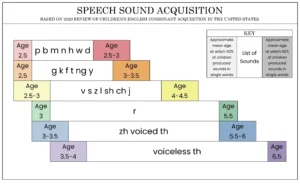
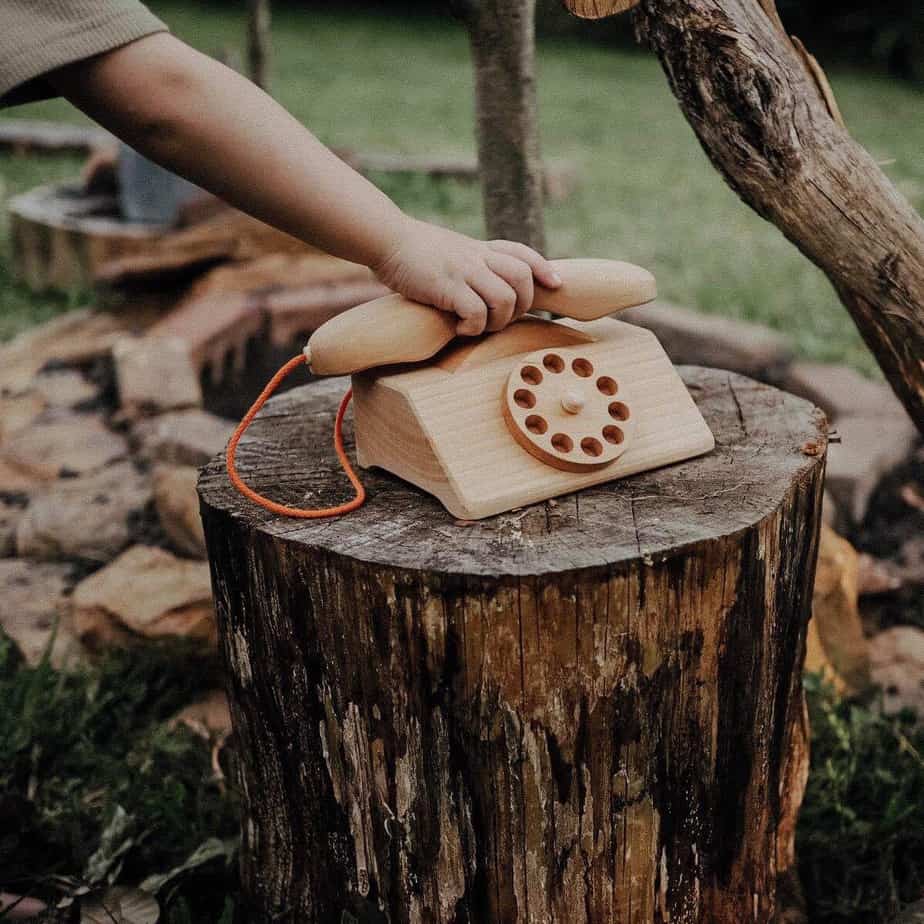






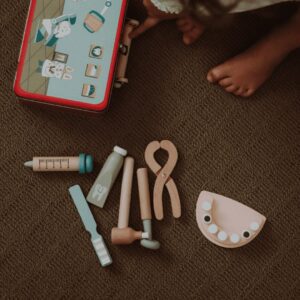
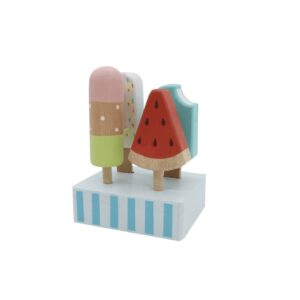
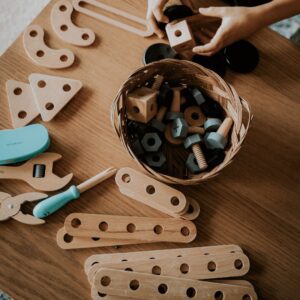

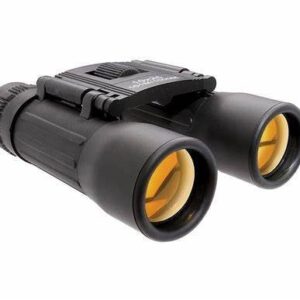
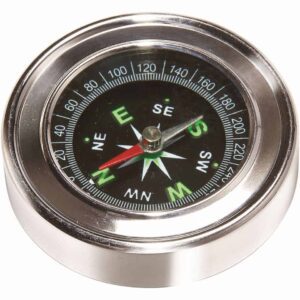
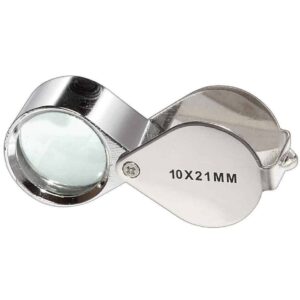

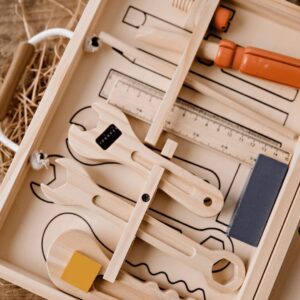


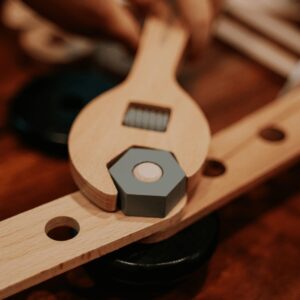
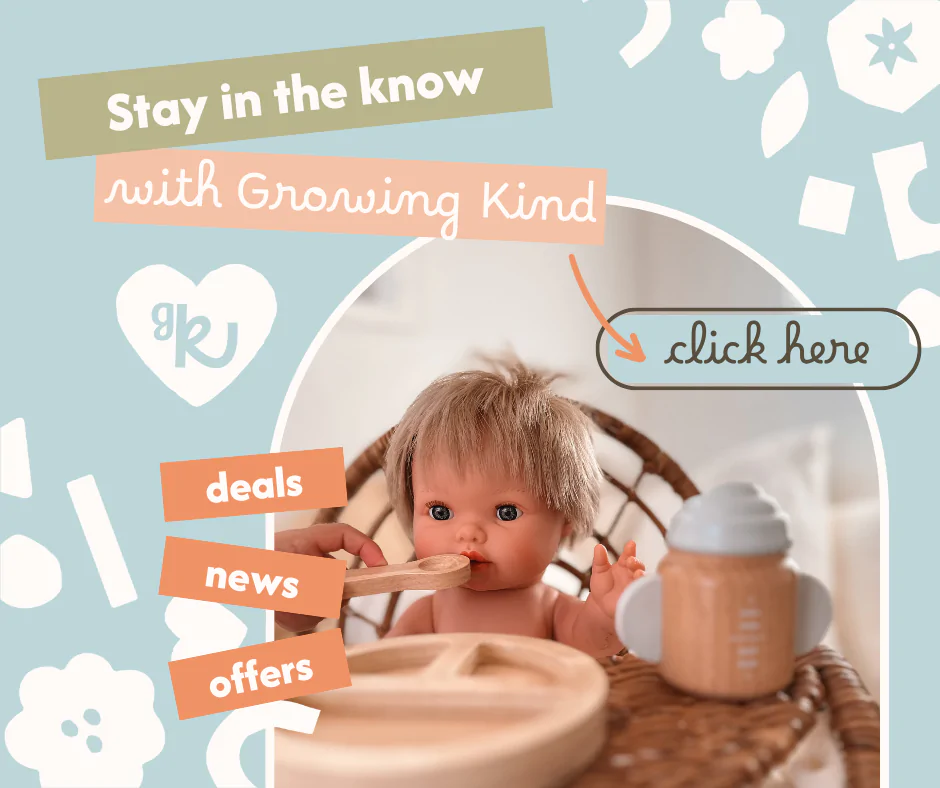

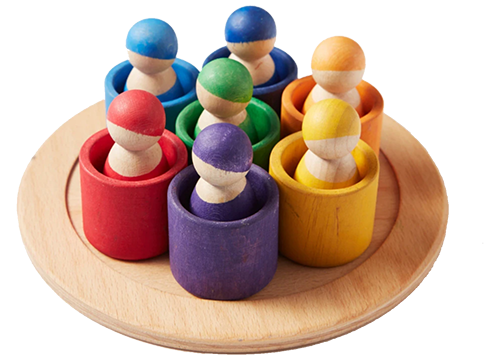

One comment
This information and chart was excellent – my children are three and don’t say ‘Yellow’ right. Now, I know to be patient and to wait for that skill to develop in time. Thanks for sharing.